
As the clock strikes midnight on December 31st, millions around the world are filled with a sense of renewal and hope. This moment marks not just the advent of a new year but also the birth of numerous resolutions and promises we make to ourselves for self-improvement and growth. From ambitious fitness goals to pledges of personal and professional betterment, New Year’s resolutions have become a deeply ingrained tradition in many cultures. However, despite the best of intentions, a staggering number of these resolutions fall by the wayside as the year progresses.
Statistics paint a rather gloomy picture of the success rate of New Year resolutions. Studies reveal that a significant majority of these resolutions fail before the first quarter of the year is even over. This phenomenon begs the question: Why do so many resolutions end in disappointment? Is there a fundamental flaw in the concept of New Year resolutions themselves, or is it the approach that needs reevaluation?
In this article, we delve into the heart of why traditional New Year resolutions often don’t lead to the desired outcomes. We will explore the psychological and practical pitfalls that make these resolutions less effective. More importantly, we will introduce alternative strategies that promise a more sustainable and impactful approach to personal change. By rethinking the way we set our goals and understanding the nuances of human behavior and motivation, we can embark on a journey of personal growth that is not only more realistic but also more rewarding. Let’s turn the page on the traditional New Year resolution and embrace a fresh perspective on achieving lasting personal transformation.
The Pitfalls of Traditional New Year Resolutions
The tradition of setting New Year resolutions is as old as time, yet the success rate of these resolutions remains dismally low. Understanding why these resolutions often fail is crucial in paving the way for more effective methods of personal development. Here, we explore the key pitfalls that contribute to the ineffectiveness of traditional New Year resolutions.
Unrealistic Expectations
The Ambition Trap: One of the most common mistakes in setting New Year resolutions is aiming too high, too fast. While ambition is commendable, overly ambitious resolutions can set you up for failure. These goals often lack a realistic assessment of time, resources, and personal constraints, leading to frustration and eventual abandonment of the goal.
The “All-or-Nothing” Mindset: Many people approach resolutions with an all-or-nothing mentality. This mindset creates a fragile framework where any minor setback is viewed as a catastrophic failure, leading to complete abandonment of the resolution. This black-and-white thinking ignores the natural process of growth, which is often non-linear and filled with ups and downs.
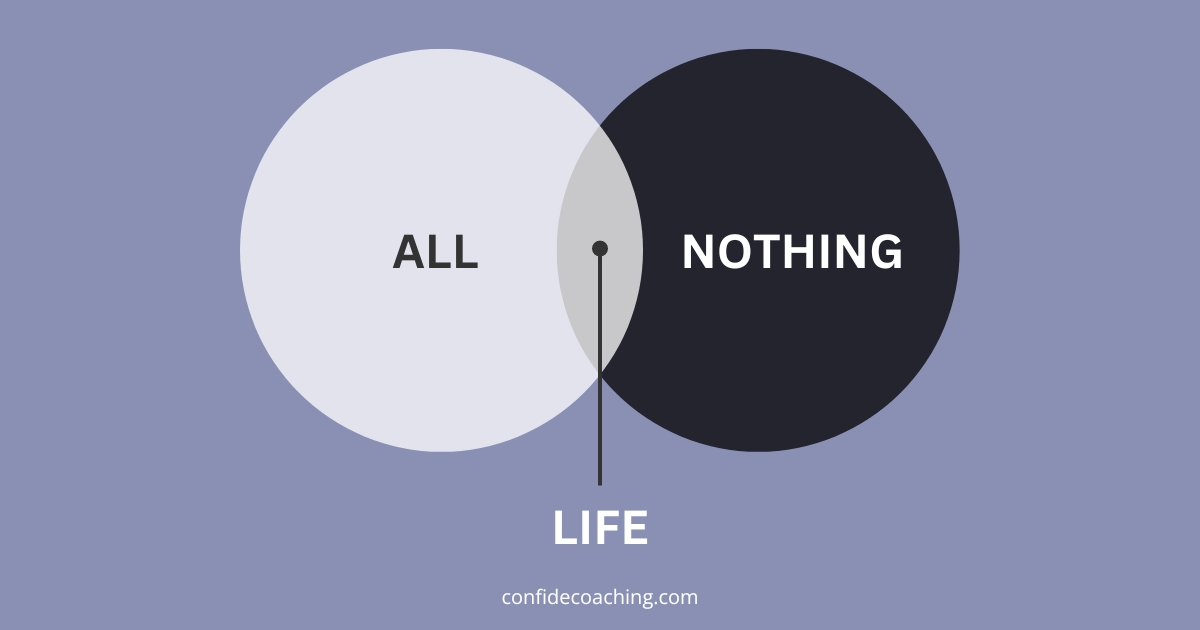
Lack of Planning and Strategy
Goals vs. Systems: A significant reason for the failure of New Year resolutions is the focus solely on the end goal without devising a practical system or plan to achieve it. Goals are important for direction, but it’s the daily systems and habits that lead to achieving these goals.
The Need for Actionable Steps: Many resolutions fail because they are not broken down into smaller, manageable tasks. Without actionable steps, a resolution remains a distant, sometimes unattainable, aspiration. This lack of detailed planning can lead to overwhelm and a sense of being lost on how to proceed.
Ignoring Individual Readiness and Timing
Personal Readiness in Behavior Change: Change is a deeply personal journey, and its success largely depends on an individual’s readiness to change. The arbitrary start date of January 1st does not consider an individual’s unique circumstances or readiness for change.
The Flaw of a Universal Timeline: The New Year implies a universal timeline for everyone to set and start working on their goals. However, personal growth does not adhere to a calendar. Individuals may find more success in initiating change at a time that resonates more closely with their personal life circumstances and internal readiness.
Understanding Human Behavior and Motivation
To create more effective and sustainable approaches to personal growth, it is essential to have a foundational understanding of human behavior and motivation. This understanding helps in crafting strategies that are more aligned with how we naturally function and what truly drives us to change and grow.
The Science of Habit Formation
Anatomy of Habit Change: Habits are the building blocks of our daily lives. Understanding how they are formed and changed is crucial. A habit typically consists of a cue (trigger), a routine (behavior itself), and a reward (benefit or feeling gained). Effective change often involves identifying and altering these components to establish new, healthier habits.
Triggers, Routines, and Rewards: To change a habit, one must recognize the triggers that initiate the undesirable routine and then alter the routine to achieve a similar reward. For instance, if stress (trigger) leads to overeating (routine), finding a healthier behavior (like a short walk or meditation) that also addresses stress (reward) can be a more beneficial habit.
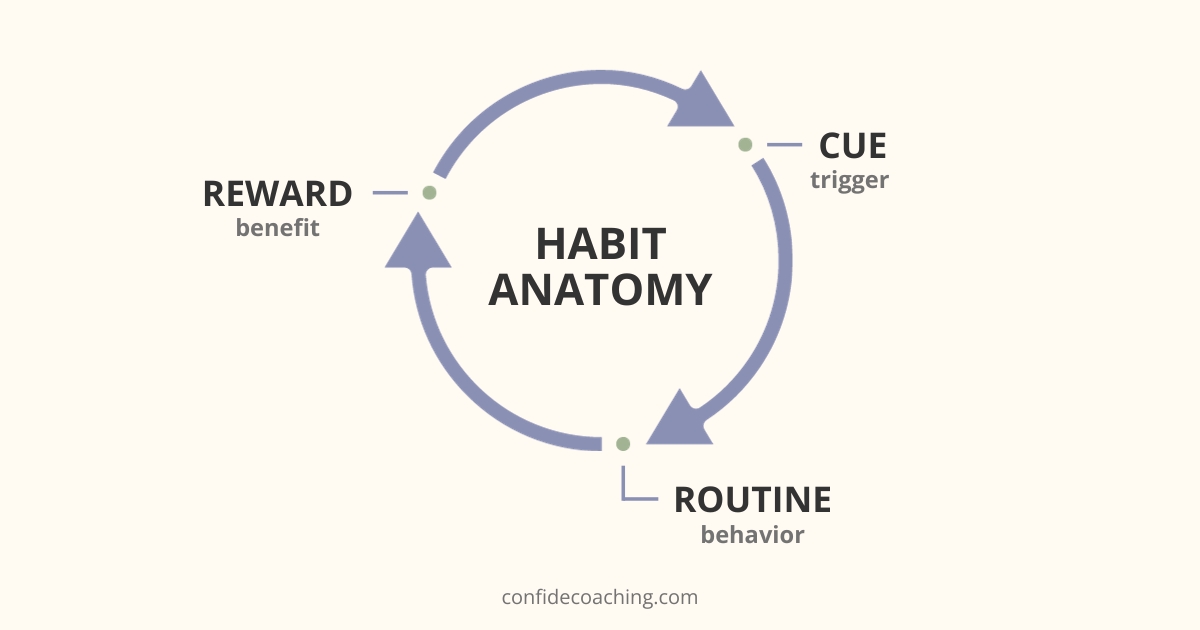
Motivation Dynamics
Intrinsic vs. Extrinsic Motivation: Understanding the difference between intrinsic motivation (driven by internal rewards) and extrinsic motivation (driven by external rewards) is key. Long-term change is more sustainable when it’s fueled by intrinsic motivation – doing something because it is inherently rewarding or aligns with personal values, rather than for external validation or reward.
Sustaining Long-Term Motivation: Maintaining motivation over time is challenging. It often involves regularly revisiting and reminding oneself of the deeper reasons behind the pursuit of a goal, seeking out supportive communities, and celebrating small wins to maintain a sense of progress and motivation.
Understanding the nuances of habit formation and the dynamics of motivation can significantly enhance the effectiveness of our personal growth efforts. By aligning our strategies with these principles, we can create a more conducive environment for sustainable change, moving beyond the superficial allure of New Year resolutions to a path of meaningful and lasting transformation.
Alternative Approaches to New Year Resolutions
Moving beyond the traditional New Year resolution model, there are several alternative approaches that can lead to more sustainable and meaningful personal growth. These methods focus on adaptability, realistic goal-setting, and aligning changes with one’s intrinsic values and daily life rhythms.
Embracing Guided Self-Exploration
Self-Exploration as a Foundation: This approach centers on using the New Year as a time for guided self-exploration rather than setting fixed resolutions. It involves introspection to understand one’s true desires, motivations, and challenges.
Goals Rooted in Self-Understanding: The goals emerging from this process are deeply personal and intrinsically motivated. They are more about discovering and nurturing one’s path, rather than adhering to externally imposed resolutions or societal expectations. This process of self-understanding can be challenging to undergo alone.
Consider bringing an outside perspective such as a life coach, into your journey. A life coach can provide invaluable guidance and support as you navigate this introspective process. They can help you identify and articulate your innermost aspirations and challenges, often bringing to light insights that might remain obscured in solitary reflection.
The Value of a Life Coach in Self-Exploration:
Facilitating Deeper Insights: A life coach can ask probing questions and offer reflections that encourage deeper self-exploration. They can help you uncover layers of your personality and desires that you might not have recognized on your own.
Objective Perspective: Sometimes, being too close to our own issues can cloud our judgment. A life coach offers an objective viewpoint, helping you to see your situation from a fresh perspective. This can be particularly helpful in breaking free from self-imposed limitations and biases.
Setting Meaningful and Achievable Goals: With a clearer understanding of your personal values and motivations, a life coach can assist you in setting goals that are both meaningful and achievable. These goals are tailored to your unique journey, ensuring they resonate with your personal growth path.
Maintaining Momentum: The journey of self-exploration and goal achievement is often fraught with challenges. A life coach can provide the necessary support and motivation to help you maintain momentum, even when the going gets tough.
Embracing Incremental Change
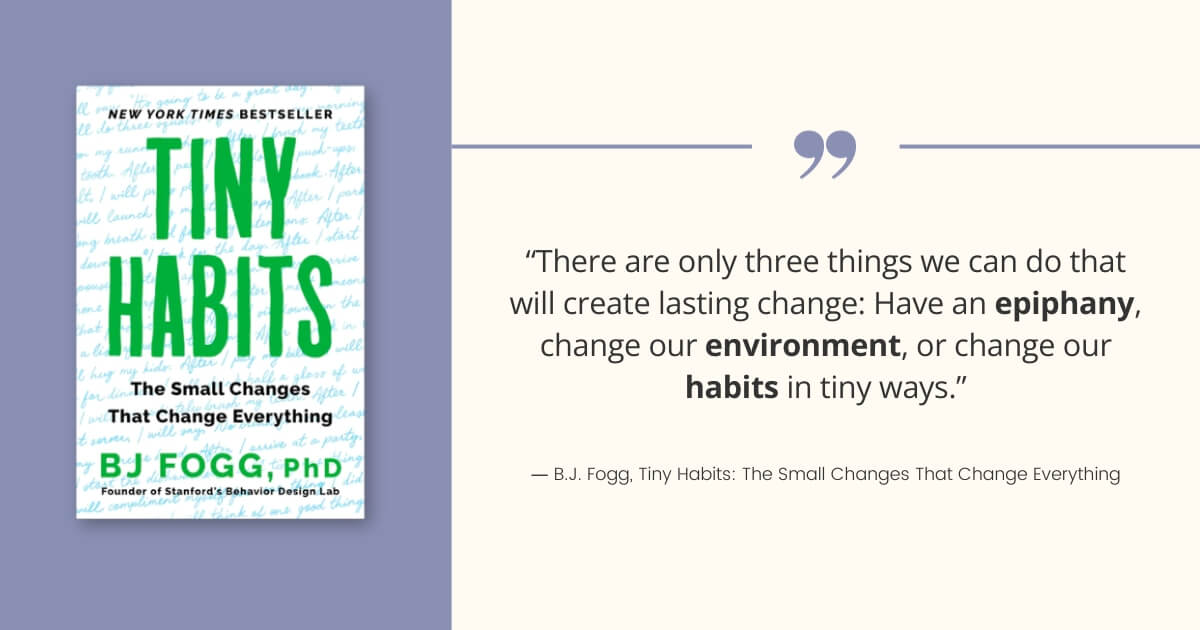
The Concept of Micro-Goals: Instead of large, daunting resolutions, setting smaller, achievable micro-goals can lead to more consistent progress. These micro-goals are easier to manage and less overwhelming, making the process of change more palatable and less intimidating. Simple daily habit-tracking tools like the Bullet Journal Method are fantastic in helping us measure progress in small incremental ways. Seeing how far you have gone can be empowering.
Celebrating Small Wins: Recognizing and rewarding your own efforts, particularly those enhancing your mental and physical well-being is essential for acknowledging progress and maintaining motivation towards your goals. To enhance this practice, Dr. Andrew Huberman’s concept of Random Intermittent Reinforcement (3,4) can be applied. This approach involves adding an element of unpredictability to self-rewarding, such as rewarding yourself randomly for achieving milestones like consistency in effort or achievement of a particular goal. This method, similar to how casinos engage players with random rewards, can effectively sustain motivation by introducing an element of surprise and excitement in your journey of self-improvement.
Focusing on Systems and Processes
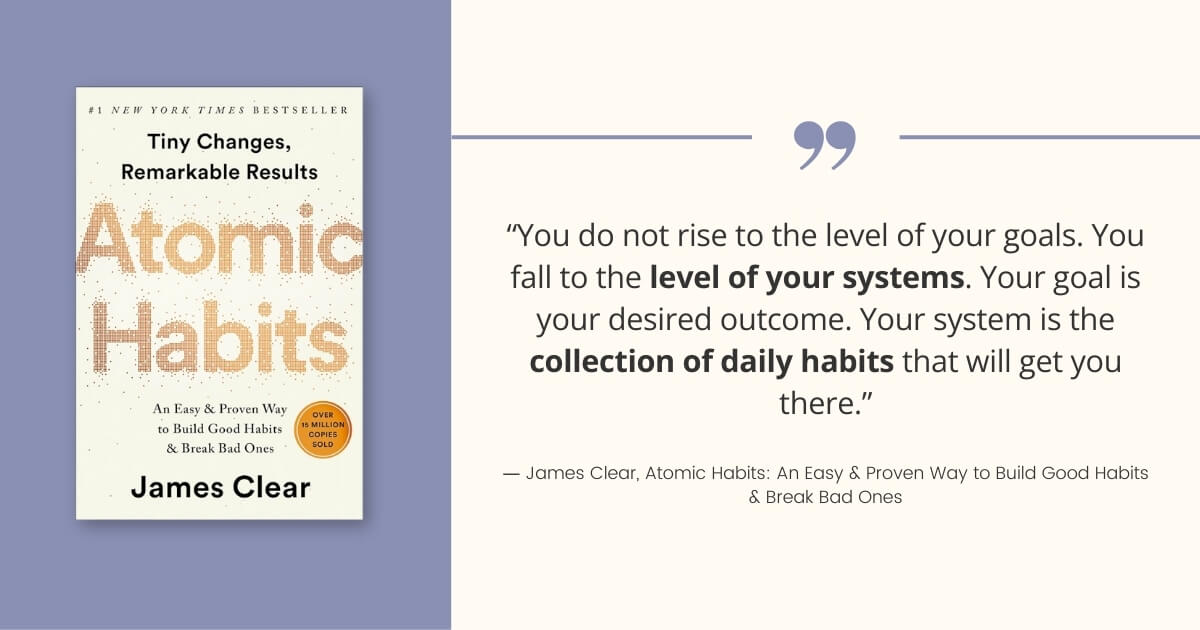
Building Systems that Support Goals: Inspired by thinkers like James Clear, this approach emphasizes the importance of establishing systems and habits that naturally lead to achieving your goals. Instead of fixating on a specific goal, the focus is on creating an environment and habits that foster the desired change. This means integrating small, manageable habits into your daily routine that cumulatively lead to significant progress. It’s about making the process enjoyable and sustainable so that the journey towards the goal becomes a part of your lifestyle, rather than a distant target.
For example, if your goal is to improve physical fitness, a supporting system could be scheduling short, daily exercise routines at a specific time each day, like a 15-minute workout every morning before breakfast. This habitual system not only makes the goal more attainable but also integrates it seamlessly into your daily life.
The Importance of Adaptability and Learning: Systems are not static; they should evolve as you learn more about what works and what doesn’t in your journey. This adaptability is key to long-term success and resilience in the face of challenges. It involves regularly assessing and tweaking your methods, being open to new strategies, and learning from setbacks. This flexible approach ensures that your systems stay relevant and effective, even as your goals and circumstances change over time.
Leveraging Natural Rhythms and Personal Timing
Aligning with Biological and Psychological Rhythms: Drawing again on insights from Dr. Andrew Huberman’s research, this method emphasizes synchronizing habit formation and goal pursuit with our body’s innate cycles, such as energy peaks and dips throughout the day. By doing so, tasks align with periods when we’re naturally more focused or relaxed, making the adoption of new habits feel more like a natural part of our rhythm rather than an added strain. Observe how your energy changes throughout the day and experiment with finding what works for you and your life commitments.
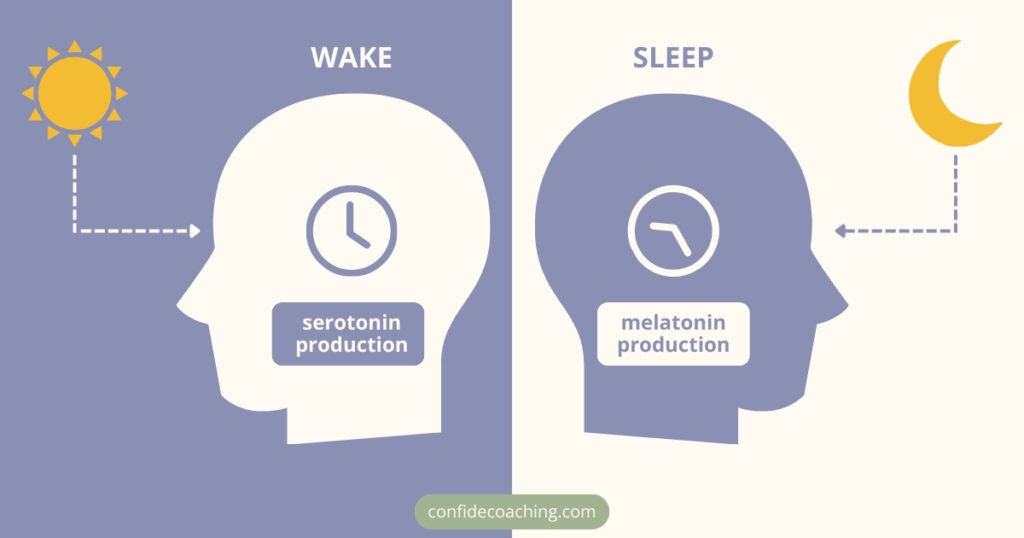
Personalized Timing: This approach also acknowledges the uniqueness of each individual’s life and circumstances. Instead of adhering to the conventional January 1st start date, it suggests initiating changes when it aligns best with your personal life events or emotional readiness. This could mean starting a new habit at the beginning of a month, after a significant life event, or at a time when you feel mentally prepared and motivated, ensuring a more organic and effective transition into new behaviors.
Practical Steps for Sustainable Change
Achieving sustainable change requires more than just setting goals; it involves a holistic approach that encompasses aligning with personal values, creating a supportive environment, and continuously tracking and adjusting strategies. Here are practical steps to guide this process:
Aligning with Personal Values
Goal-Value Congruence: This step resonates deeply with the concept of ‘Embracing Guided Self-Exploration’ discussed earlier. Just as self-exploration helps you uncover your true desires and motivations, aligning your goals with your core values ensures that these goals are a natural extension of your personal journey. This congruence between goals and values creates a deeper sense of purpose, enhancing commitment and the likelihood of success. For example, if family is a core value, your goals might focus on enhancing family relationships or achieving a better work-life balance.
Self-Awareness in Growth: The process of guided self-exploration leads to heightened self-awareness, which is crucial in understanding what truly matters to you. This step involves introspection and possibly re-evaluating existing beliefs and values. It ensures that your pursuit of change is authentically driven by what you genuinely value and believe in, rather than by external influences or fleeting desires. This self-awareness is the cornerstone of setting goals that are not only achievable but also fulfilling and aligned with your personal growth.
By integrating the principles of guided self-exploration into the practical steps of aligning with personal values, you create a powerful synergy that supports sustainable change. This approach ensures that your goals are deeply rooted in who you are and what you stand for, making the journey towards achieving them more meaningful and resonant with your true self.
Creating a Supportive Environment
Environmental Influences: Your environment plays a significant role in shaping your behavior. Modify your surroundings to support your goals. This could mean organizing your workspace to encourage productivity or stocking your kitchen with healthy foods if your goal is to eat healthier.
Cultivating a Support Network: Surround yourself with people who support and encourage your growth. This network can include friends, and family, working with a life coach, or even joining an online community. They provide motivation, advice, and accountability, which are essential for navigating the challenges of change.
Tracking and Adjusting
The Importance of Progress Tracking: Keep track of your progress. This could be through a journal, an app, or regular self-reflection. Monitoring your progress helps in recognizing achievements, however small, and provides valuable insights into what’s working and what’s not.
Flexibility and Resilience in Change: Be prepared to adapt your strategies as needed. Flexibility is key to dealing with unexpected challenges. Cultivate resilience by learning from setbacks rather than being discouraged by them. Remember, sustainable change is often a non-linear process with its ups and downs.
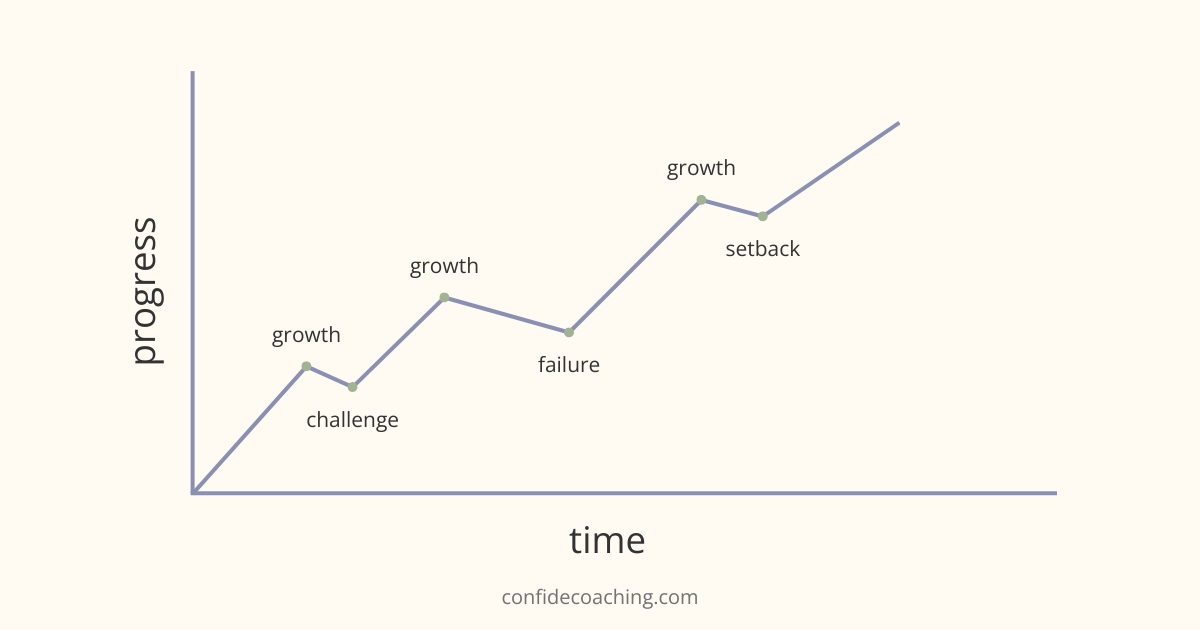
Take Home Message
As we draw this exploration to a close, we reflect on the journey from the fleeting allure of traditional New Year resolutions to the profound promise of sustainable change. This journey is not just about altering habits or achieving goals; it’s a transformative process of aligning with our deepest values, understanding our unique rhythms, and embracing a holistic approach to personal growth.
Recap: Sustainable Change over Traditional Resolutions
We’ve seen how the typical resolutions often set us up for disappointment, not because our intentions aren’t sincere, but because they lack the depth, flexibility, and personal alignment necessary for lasting change. In contrast, sustainable change is about more than just ticking off goals; it’s about evolving, learning, and growing in harmony with our true selves.
Embracing a New Approach to Personal Growth
This new approach, which we’ve journeyed through together, invites you to delve into self-exploration, to set goals that resonate with your core values, and to build systems and environments that support your path to growth. It’s an approach that acknowledges the uniqueness of your individual journey and respects the natural ebbs and flows of motivation and life itself.
Now, as we stand at the threshold of a new beginning, the invitation is open to you. Begin this journey of sustainable self-improvement. Let this not be a fleeting New Year resolution but a lifelong commitment to yourself. Embrace the changes, the challenges, and the joys that come with truly knowing and growing yourself.
Additional Resources
To support you on this journey, consider exploring further with recommended readings that delve deeper into the concepts we’ve discussed. Books by authors like James Clear offer insights into habit formation and goal setting, while works by Dr. Andrew Huberman provide a scientific understanding of our brain’s role in behavior and motivation. Additionally, “The Bullet Journal Method” by Ryder Carroll is an excellent resource for those looking to practically implement these ideas into a structured, yet flexible, life-organizing system. This method not only helps in tracking your progress but also in maintaining clarity and mindfulness throughout your journey of self-improvement.
Additionally, consider the invaluable guidance that can come from a life coach. A coach can offer personalized support, accountability, and insights tailored to your unique journey. They can be a guiding light as you navigate the path of self-discovery and goal achievement.
Your journey toward sustainable self-improvement is a path filled with discovery, growth, and fulfillment. It’s a journey worth embarking on, and the time to start is now. Embrace it with an open heart and a willing spirit, and watch as the transformation unfolds.

Paul Strobl, MBA, CPC
Owner of Confide Coaching, LLC
Paul is a Master Life Coach for GenX and GenY executives and business owners. Originally from Houston, Texas, he has been location independent for most of his adult life. He currently resides in the Rhodope Mountains of Bulgaria near the Greek border with his brilliant wife, 14-year-old stepson (officially adopted in 2021!) and a Posavac Hound rescue.
References
(1) Fogg, B.J. (2020). Tiny Habits: The Small Changes That Change Everything. Houghton Mifflin Harcourt.
(2) Clear, J. (2018). Atomic Habits: An Easy & Proven Way to Build Good Habits & Break Bad Ones. Avery.
(3) Huberman, A. (August 27, 2023). Goals Toolkit: How to Set & Achieve Your Goals. Retrieved from Huberman Lab (https://www.hubermanlab.com/episode/goals-toolkit-how-to-set-achieve-your-goals)
(4) Huberman, A. (March 21, 2021). How to Increase Motivation & Drive. Retrieved from Huberman Lab (https://www.hubermanlab.com/episode/how-to-increase-motivation-and-drive)
(5) Carroll, R. (2018). The Bullet Journal Method: Track the Past, Order the Present, Design the Future. Portfolio.

